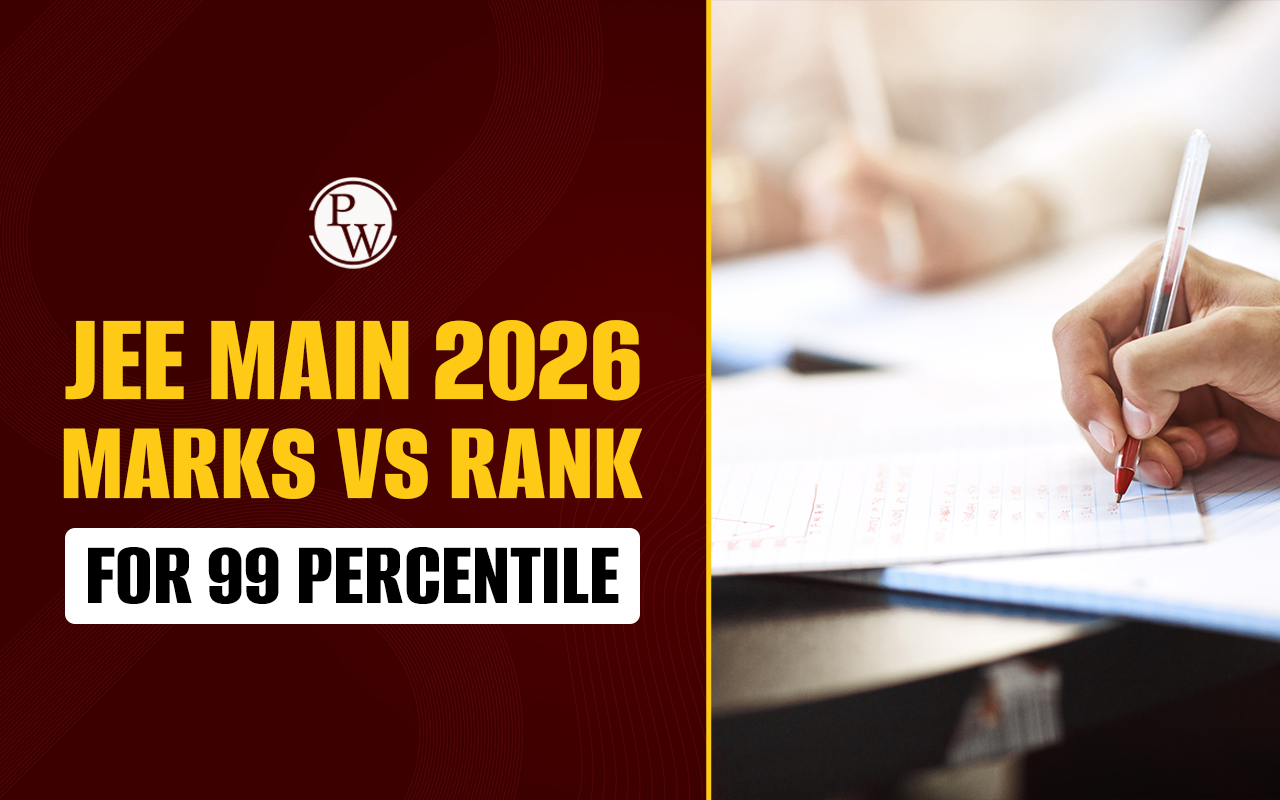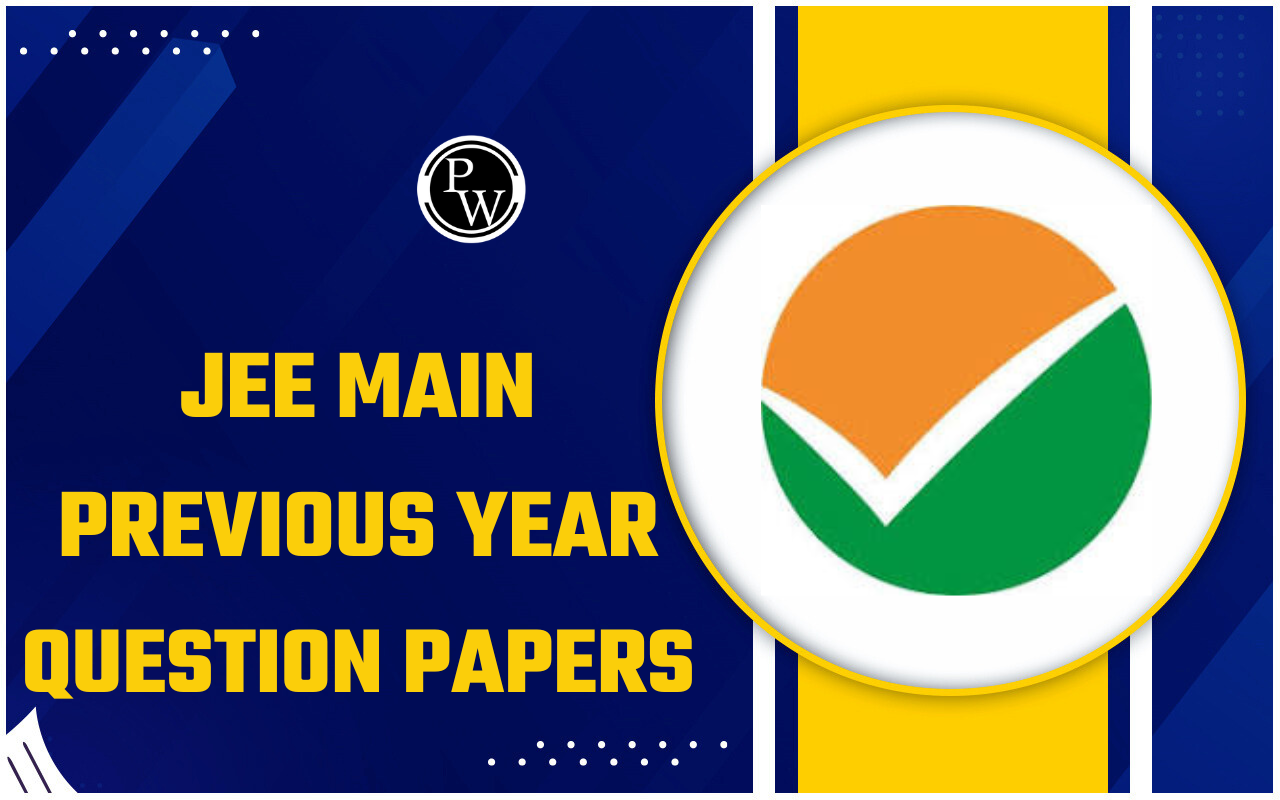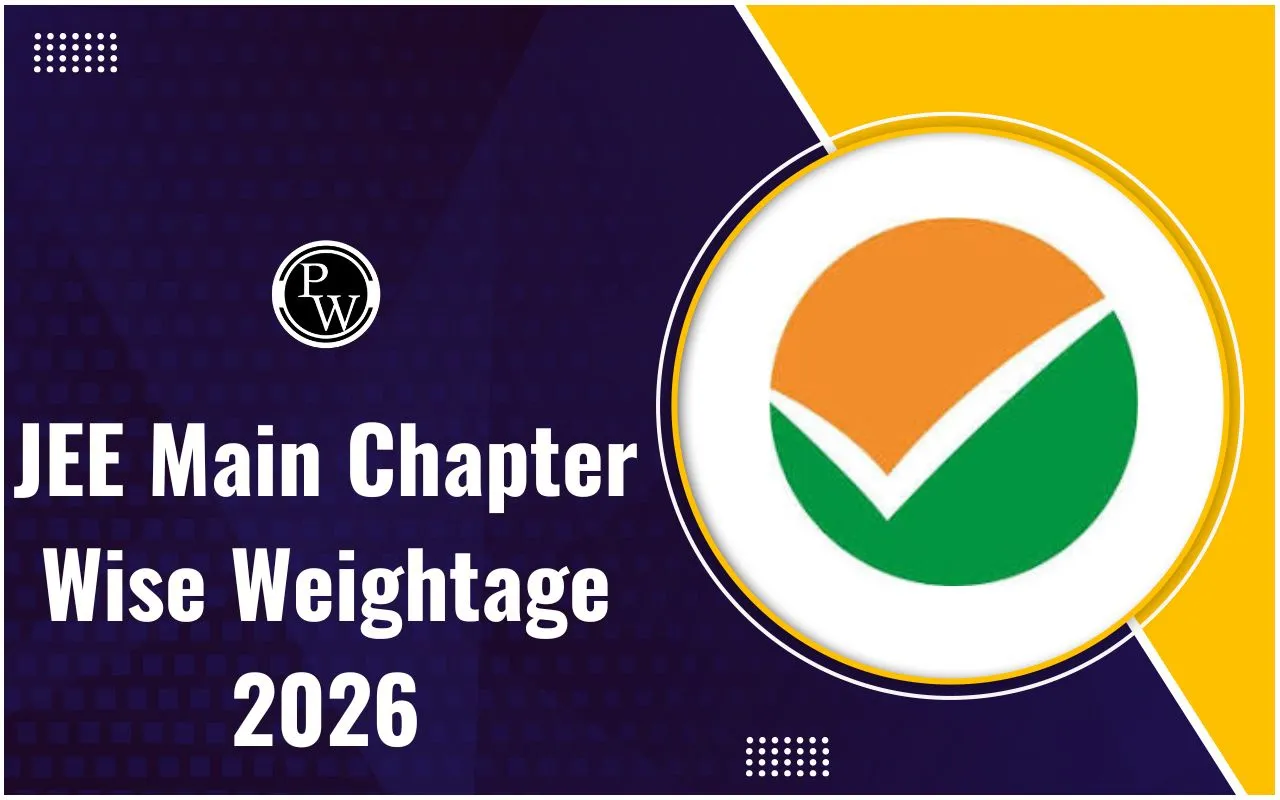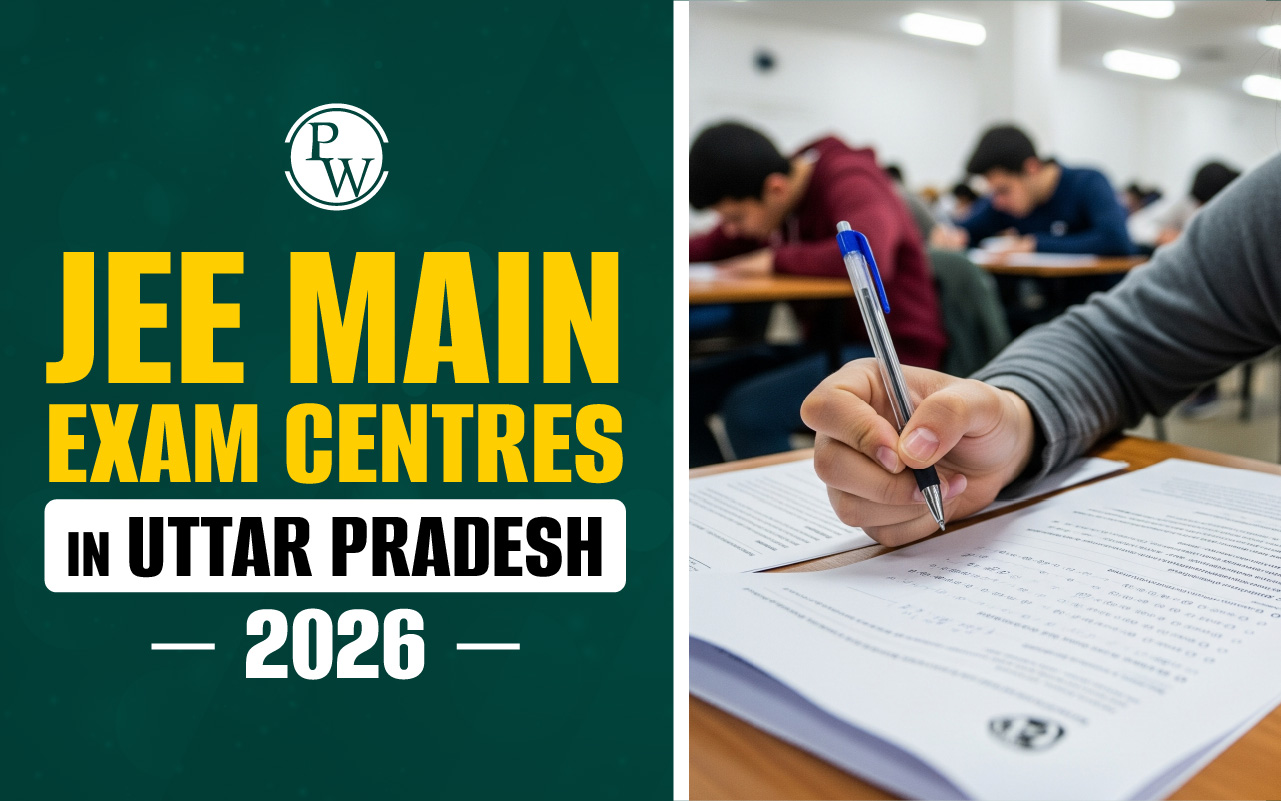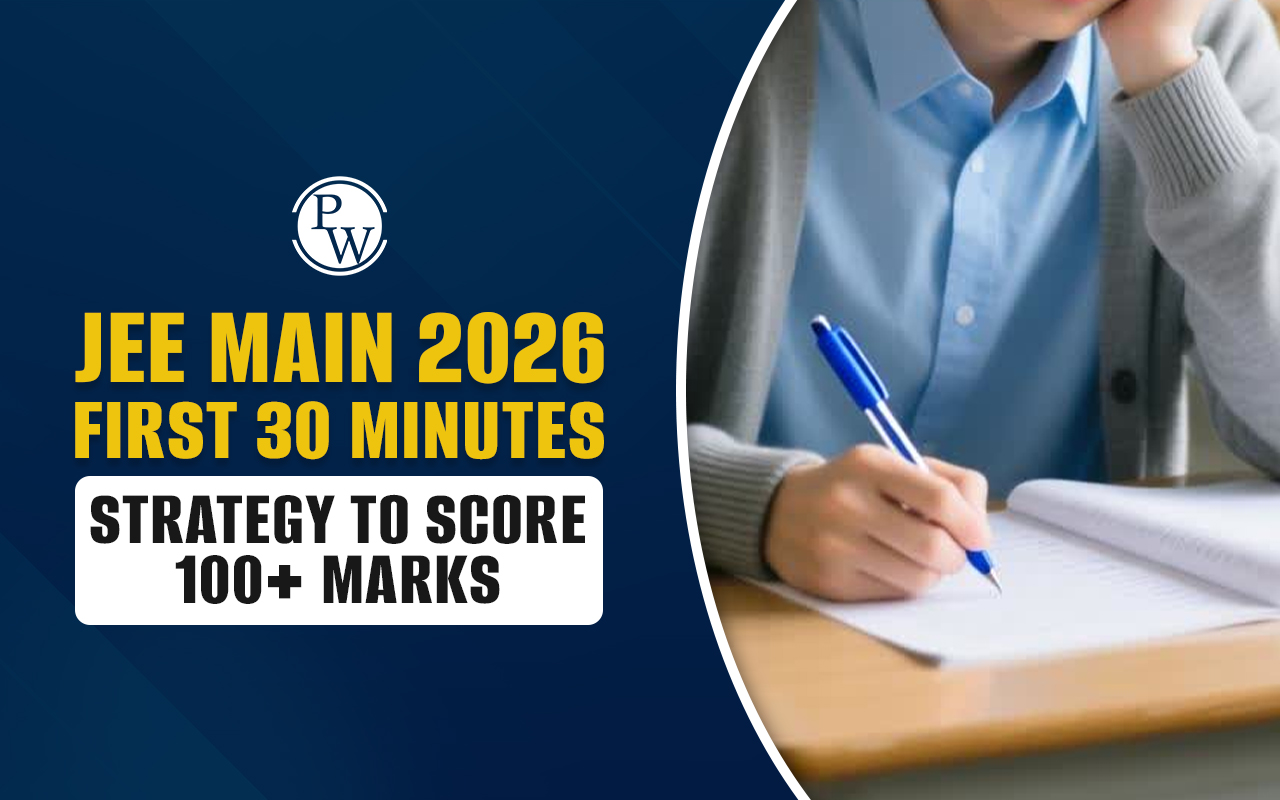
JEE Advanced Physics Syllabus 2026 : The organizing IIT is expected to retain the same Physics syllabus for JEE Advanced 2026 as followed in the previous year. The Physics syllabus for JEE Advanced 2026 is expected to be the same as that of 2025. Candidates can check the expected topics below. The syllabus includes major areas such as General Physics, Mechanics, Thermal Physics, Electricity and Magnetism, Electromagnetic Waves, Optics, and Modern Physics. Among these, Mechanics, Electromagnetic Waves, and Optics typically carry higher weightage.
Also Check : JEE Advanced Chemistry Syllabus
JEE Advanced Physics Syllabus 2026 Overview
JEE Advanced Physics Syllabus 2026 is extensive yet predictable, with no significant changes expected from the 2025 syllabus. Candidates should give balanced attention to all key areas—Mechanics, Thermal Physics, Electricity and Magnetism, Optics, and Modern Physics. With a well-planned strategy, reliable study materials, and regular practice, excelling in Physics for JEE Advanced 2026 is within reach. Stay updated through the official website for any syllabus notifications and ensure consistent revision to stay ahead in the competition.
Also Check : JEE Advanced Syllabus
JEE Advanced Physics Syllabus 2026
Candidates can refer to the topic-wise subtopics of the JEE Advanced Physics syllabus in the table below to prepare effectively for JEE Advanced 2026.
|
JEE Advanced Physics Syllabus 2026 |
|
|
JEE Advanced Physics Topics |
Subtopics |
|
General |
General Units and dimensions, dimensional analysis; least count, significant figures; Methods of measurement and error analysis for physical quantities pertaining to the following experiments: Experiments based on using Vernier calipers and screw gauge (micrometer), Determination of g using simple pendulum, Young’s modulus - elasticity of the material Surface tension of water by capillary rise and effect of detergents. Specific heat of a liquid using calorimeter, focal length of a concave mirror and a convex lens using u-v method, Speed of sound using resonance column, Verification of Ohm’s law using voltmeter and ammeter, and specific resistance of the material of a wire using meter bridge and post office box. |
|
Mechanics |
Kinematics in one and two dimensions (Cartesian coordinates only), projectiles; Uniform circular motion; Relative velocity. Newton’s laws of motion; Inertial and uniformly accelerated frames of reference; Static and dynamic friction; Kinetic and potential energy; Work and power; Conservation of linear momentum and mechanical energy. Systems of particles; Centre of mass and its motion; Impulse; Elastic and inelastic collisions. Rigid body, moment of inertia, parallel and perpendicular axes theorems, moment of inertia of uniform bodies with simple geometrical shapes; Angular momentum; Torque; Conservation of angular momentum; Dynamics of rigid bodies with fixed axis of rotation; Rolling without slipping of rings, cylinders and spheres; Equilibrium of rigid bodies; Collision of point masses with rigid bodies. Forced and damped oscillation (in one dimension), resonance. Linear and angular simple harmonic motions. Hooke’s law, Young’s modulus. Law of gravitation; Gravitational potential and field; Acceleration due to gravity; Kepler’s law, Geostationary orbits, Motion of planets and satellites in circular orbits; Escape velocity. Pressure in a fluid; Pascal’s law;Buoyancy; Surface energy and surface tension, angle of contact, drops, bubbles and capillary rise. Viscosity (Poiseuille’s equation excluded), Modulus of rigidity and bulk modulus in mechanics. Stoke’s law; Terminal velocity, Streamline flow, equation of continuity, Bernoulli’s theorem and its applications. Wave motion (plane waves only), longitudinal and transverse waves, superposition of waves; Progressive and stationary waves; Vibration of strings and air columns; Resonance; Beats; Speed of sound in gases; Doppler effect (in sound) |
|
Thermal Physics |
Thermal expansion of solids, liquids and gases; Calorimetry, latent heat; Heat conduction in one dimension; Elementary concepts of convection and radiation; Newton’s law of cooling; Ideal gas laws; Specific heats (Cv and Cp for monoatomic and diatomic gases); Isothermal and adiabatic processes, bulk modulus of gases; Equivalence of heat and work; First law of thermodynamics and its applications (only for ideal gases); Second law of thermodynamics, reversible and irreversible processes, Carnot engine and its efficiency; Blackbody radiation: absorptive and emissive powers; Kirchhoff’s law; Wien’s displacement law, Stefan’s law. |
|
Electricity and Magnestism |
Coulomb’s law; Electric field and potential; Electrical potential energy of a system of point charges and of electrical dipoles in a uniform electrostatic field; Electric field lines; Flux of electric field; Gauss’s law and its application in simple cases, such as, to find field due to infinitely long straight wire, uniformly charged infinite plane sheet and uniformly charged thin spherical shell. Capacitance; Parallel plate capacitor with and without dielectrics; Capacitors in series and parallel; Energy stored in a capacitor. Electric current; Ohm’s law; Series and parallel arrangements of resistances and cells; Kirchhoff’s laws and simple applications; Heating effect of current. Biot–Savart’s law and Ampere’s law; Magnetic field near a current-carrying straight wire, along the axis of a circular coil and inside a long straight solenoid; Force on a moving charge and on a current-carrying wire in a uniform magnetic field. Magnetic moment of a current loop; Effect of a uniform magnetic field on a current loop; Moving coil galvanometer, voltmeter, ammeter and their conversions. Electromagnetic induction: Faraday’s law, Lenz’s law; Self and mutual inductance; RC, LR, LC and LCR(in series) circuits with d.c. and a.c. sources. |
|
Electromagnetic Waves |
Electromagnetic waves and their characteristics. Electromagnetic spectrum (radio waves, microwaves, infrared, visible, ultraviolet, x-rays, gamma rays) including elementary facts about their uses. |
|
Optics |
Rectilinear propagation of light; Reflection and refraction at plane and spherical surfaces; Total internal reflection; Deviation and dispersion of light by a prism; Thin lenses; Combinations of mirrors and thin lenses; Magnification. Wave nature of light: Huygen’s principle, interference limited to Young’s double slit experiment. Diffraction due to a single slit. Polarization of light, plane polarized light; Brewster's law, Polaroids. |
|
Modern Physics |
Atomic nucleus; α, β and γ radiations; Law of radioactive decay; Decay constant; Half-life and mean life; Binding energy and its calculation; Fission and fusion processes; Energy calculation in these processes. Photoelectric effect; Bohr’s theory of hydrogen-like atoms; Characteristic and continuous X-rays, Moseley’s law; de Broglie wavelength of matter waves. |
JEE Advanced Physics Syllabus PDF
Download JEE Advanced Physics Syllabus PDF here. Stay updated with topics for successful JEE Advanced 2026 Physics exam preparation
JEE Advanced Physics Syllabus PDF
JEE Advanced Physics Preparation Tips 2026
Candidates who are preparing for JEE Advanced 2026 must follow the below preparation tips to secure a good score in jee exam.
- Master the Fundamentals : Start with a solid understanding of basic concepts. Topics like Kinematics, Laws of Motion, and Thermodynamics are crucial.
- Create Concept Maps : Visualize connections between topics using diagrams or charts. This allows you to grasp the overall framework and connect different concepts effectively.
- Practice Numerical Problems : Focus on solving numerical problems from each topic. JEE Advanced often tests the application of concepts in calculations.
- Work on Derivations : Learn and regularly work through key derivations. This helps solve problems and apply formulas correctly.
- Analyze Mock Tests : After taking mock tests, review your answers. Pinpoint your weak topics and focus on strengthening them for better performance.
- Focus on Units and Dimensions : Get comfortable with units and dimensional analysis. It’s often helpful in checking the correctness of your answers.
- Solve Previous Year Papers : It helps you understand the exam’s difficulty and the types of questions typically asked. Aim to solve at least 5 years’ worth.
- Stay Calm and Positive : Managing stress is key. Practice relaxation techniques and keep a positive mindset as you prepare.
Study Materials for JEE Advanced Physics 2026
Candidates can check the study materials below prepared by the faculty of Physics Wallah for JEE Advanced 2026 Physics subject.
JEE Advanced Physics Syllabus 2026 FAQs
Which key subjects are included in the JEE Advanced Physics syllabus for 2026?
Is the JEE Advanced Physics syllabus for 2026 different from 2025?
What are some effective preparation tips for JEE Advanced Physics 2026?
How important is practicing previous year papers for JEE Advanced Physics?
What role does dimensional analysis and units play in JEE Advanced Physics?

